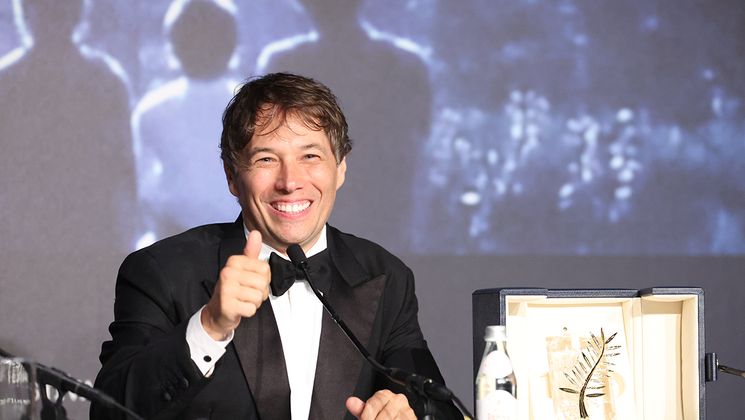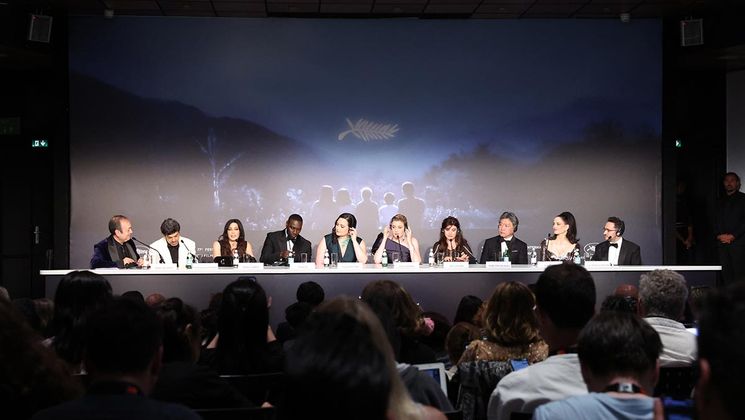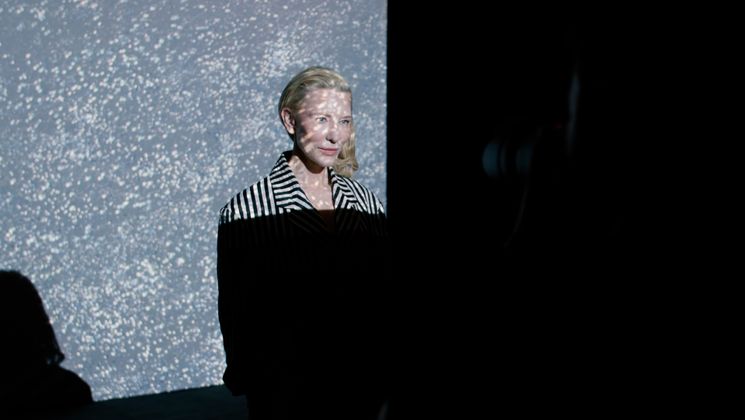
I Know Where I’m Going! A delicious sentimental comedy

Natacha Thiéry, professor, researcher in Film Studies and director, is the author of Photogénie du désir : Les films de Michael Powell et Emeric Pressburger, 1945-1950. Here she offers her take on I Know Where I’m Going! (1945), deep and spirited romantic comedy reminiscent of the best American comedies à la Lubitsch. Revisit the film at Cannes Classics.
How does I Know Where I'm Going! fit into Michael Powell's filmography?
This is the seventh film Powell and Pressburger co-directed under the aegis of the Archers, their production company created in 1942. While waiting to get hold of Technicolor film requisitioned during the war and needed for A Matter of Life and Death, Powell and Pressburger devised the story of a young woman who is prevented by a storm from reaching her wealthy fiancé on Kiloran, an island in the Hebrides, where they are to get married. Pressburger's script was ready in a few weeks. As for Powell, this film, shot mainly on location (at the end of 1944), gave him a new opportunity to showcase his passion for the islands and for nature, whose imperious force came to reflect the characters' intimate torments.
What makes the film so magical?
I Know Where I’m Going! is animated by popular legends which inspired Pressburger, whether from Walter Scott, Edgar Allan Poe, centuries-old Highland tales or local superstitions. In this powerful landscape and in the Scottish "genius loci", they find the ideal soil in which to flourish. Here the relationship of the individual to their environment is intensely dramatised and the influence of superstition and legend is such that it imbues the story with a fantastic atmosphere and gives the film a narrative structure. In this love story, the legendary narrative is integrated into a dialectic of faithful love and amorous illusion. Because at heart the film is the story of a misunderstanding, and of a young woman's resistance to desire, and to the feeling of love. Meanwhile, by reviving the bravery of the Norwegian prince of the Corryvreckan legend, Torquil embodies the heroism of courtly love. This subtle and delicious film is of great narrative and aesthetic elegance.
What values does the film highlight?
The final days of the war had seen the emergence of aspirations that the Archers rejected – in particular a tendency towards materialism, embodied here by Joan Webster. In Port Erraig, the tip of Scotland, the determined young woman discovers landscapes and customs that are new to her, thus experiencing a journey of initiation. Confronted with other, immemorial values and rhythms than those of the frenetic city life delightfully portrayed by Powell at the outset, her certainties are gradually shaken. The realism and precision with which Powell films the inhabitants of the community, without irony or exoticism, is mixed with a poetic dimension. The romantic idealism and tenderness of his view of a community united by humanistic values inspires him to create some magnificent sequences. Through a portrait of a woman, the moral choices of the post-war period are outlined, notably in the relationship of individuals to money: against the vanity of materialism, Powell and Pressburger defend an alternative based on values such as kindness, sharing and a certain form of hedonism, which are the vector of Joan's spiritual awakening.
Can you tell us about the technical challenges and the aesthetic work on this film?
As with A Canterbury Tale, German cinematographer Erwin Hillier imbued the image with a special quality, fully using the resources of light and shadow. He uses expressive low-key lighting, favouring backlighting and shadow cuts against the sea or the Scottish landscape. He lovingly captures the twilight atmospheres and that "magic hour" when the light metamorphoses and traces almost unreal contours, subtly conveying the turmoil felt by the female character. Powell described his cinematographer as having "a keen eye for effects and texture". Not to mention the special effects by Walter Percy Day, who had worked for Cecil B. DeMille, and to whom Powell turned for the spectacular marine whirlpool sequence – the dramatic climax of the film. Powell said that to achieve this technical challenge, he edited together studio shots and shots of a real whirlpool, for which he risked his life by being tied to the mast of his boat, like the Norwegian prince of the legend!


